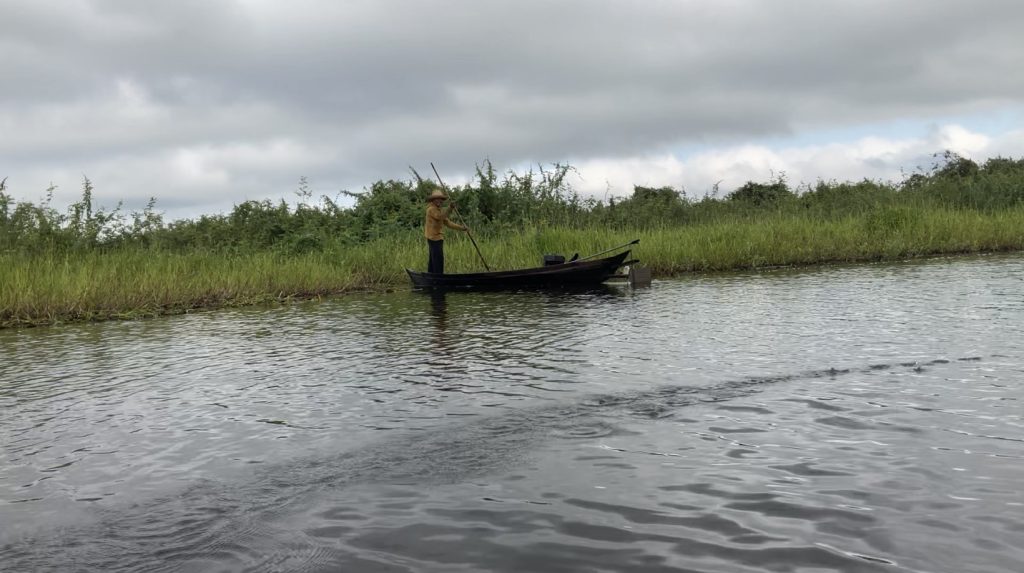The clearing of a thousand hectares of peatland as part of the New Order government’s food self-sufficiency policy has changed many aspects of the swamp ecosystem. The Banjar community living in the Barito River area has also experienced a huge impact, in line with their livelihoods, which are mostly dependent on nature. River fishermen dominate the types of work undertaken by the Banjar community in Jenamas, with an estimated 85% of the population being river fishermen. This large number has formed a relationship between species, namely the residents of Jenamas and freshwater fish. This relationship between species includes efforts to resist the consequences of needs, interests, and policy manifestations that have occurred. Fishermen and freshwater fish work together with the primary goal of sustaining their lives. This collaborative effort directly involves the swamp as a dynamic space, so that the results of this collaboration also include maintaining and repairing the balance of the swamp ecosystem so that both fishermen and freshwater fish can continue to live. The more-than-human ethnography framework was used in our study to conduct research—uncovering all the relationships and symbols of connection between humans and freshwater fish. This research, fully funded by the RKAT Department of Cultural Anthropology, FIB UGM, was conducted over one and a half months in Jenamas Subdistrict, Barito Selatan District, Central Kalimantan.
*Beje = Fish ponds in the middle of the field can only be harvested during the dry season.
Author: Syahira Faidha Rachmawati


